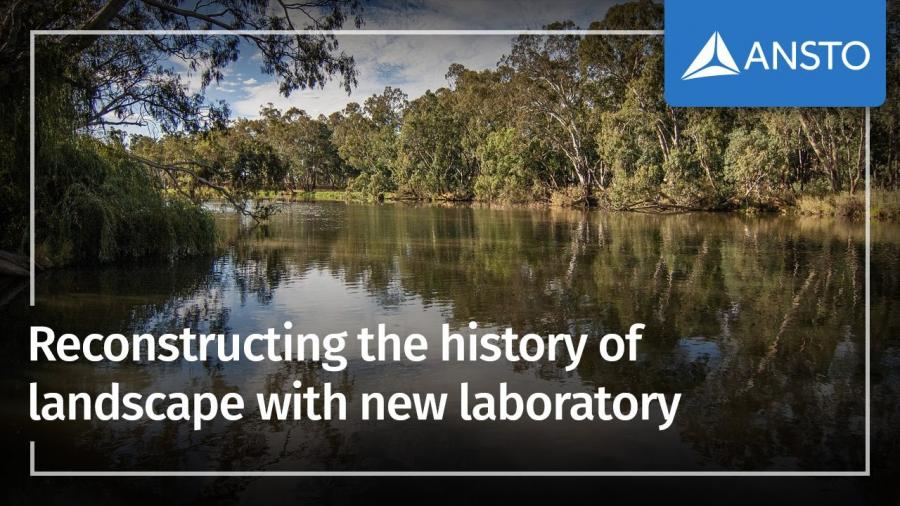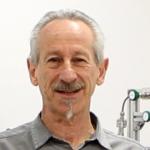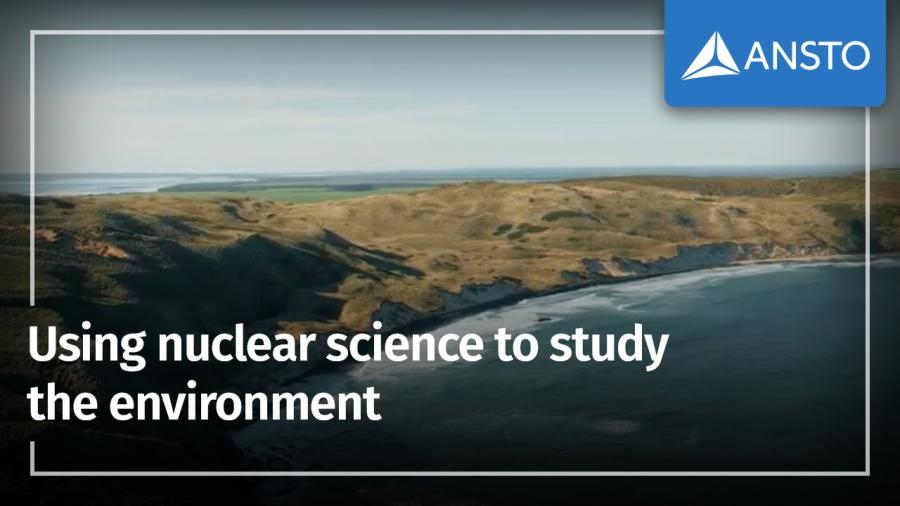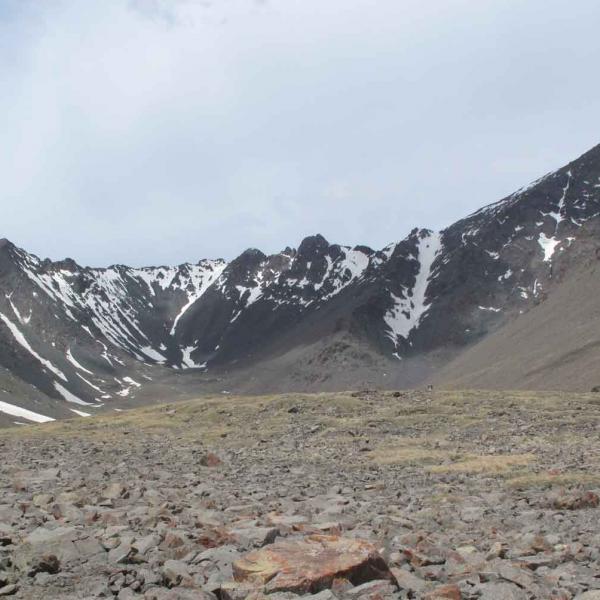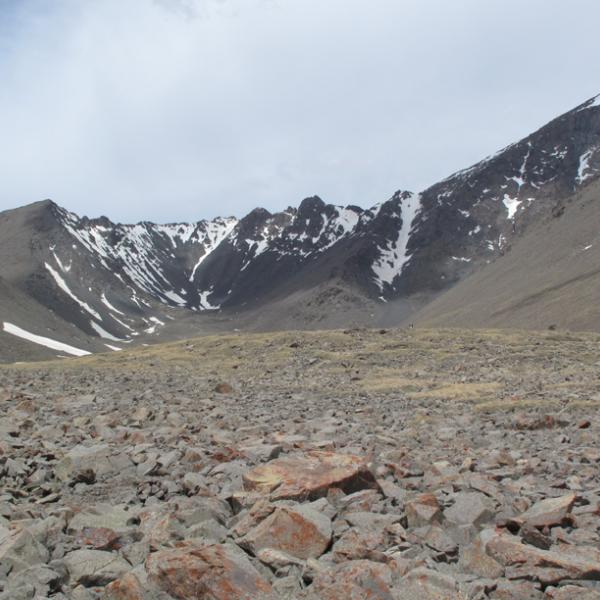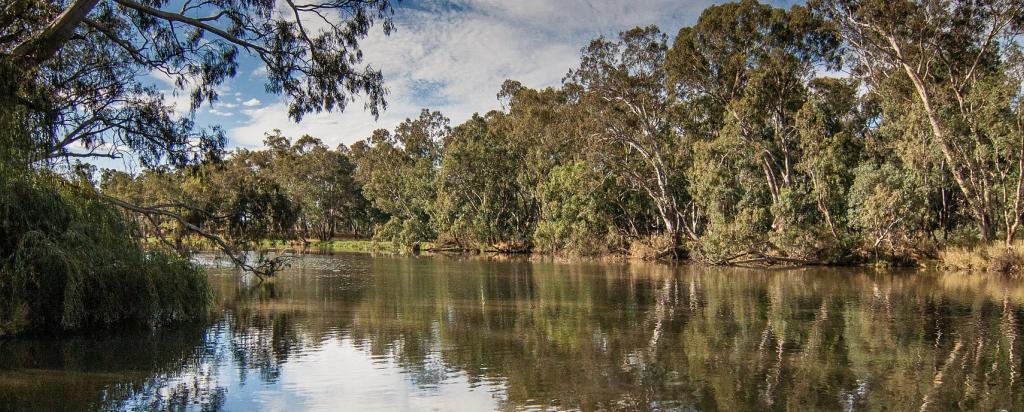
Key Points
-
Research confirms that reconstructing an accurate history of landscape evolution in Australia is complicated by the arid environment and long period without tectonic activity
-
Environmental signals from the Murray Darling River system retained in sediment will not only be distorted, but may even be completely erased
-
Measurements in the new ANSTO UOW in situ carbon-14 laboratory provided evidence that carbon remained in the sediment indicating its relatively recent age
The first research paper associated with the ANSTO-University of Wollongong in situ carbon-14 extraction laboratory has provided evidence that the journey time of sediment originating in the Great Dividing Range on an interrupted downward to the mouth of the Murray exceeds one million years with implications for interpreting the evolutionary history of landscapes in Australia and elsewhere.
The extraction laboratory is one of only a handful in the world capable of measuring in situ carbon-14 and can be used as a new tool to better understand recent changes in Earth’s climate system and rates of landscape change over the past 20,000 years.
Dr Reka Fulop, who set up the new laboratory, said, “despite the technique having been available for more than two decades, it is only now coming of age; offering insight into landscape dynamics that otherwise are invisible to the longer-lived cosmogenic radionuclides, such as aluminium-26 and beryllium -10.
ANSTO Principal Research Scientist Dr David Fink, who was instrumental in the establishment of the laboratory and an expert in the use of the cosmogenic nuclides for landscape evolution, said, “It is a great demonstration of how combined techniques can untangle the complex exposure histories of landscape erosion, river sediment storage and glacial climate change.”
“The combination of techniques allows you to acquire both long term information dating back millions of years from the cosmogenic nuclides and more recent information from the Holocene period onwards with in situ carbon-14.”
Research published in Science Advances led by Dr Reka Fulop, recently appointed a Research Scientist at ANSTO and formerly a Research Fellow at the University of Wollongong (UOW), where the research project was based, and international and Australian collaborators suggested that environmental signals retained in the sediments will not only be distorted but may even be completely erased.
Analyses of in-situ produced cosmogenic carbon-14, aluminium-26 and beryllium-10 using ANSTO’s accelerators, quantified the evolution of sedimentary movement as a conveyor belt from the source in the mountains to the sink at the ocean.
“There should not have been any carbon 14 remaining in the sediment if transport was a single event, as it should have decayed away, given the relatively short half-life of this isotope”, explained Fulop.
“But there was, which suggested that the sediment was moving, stopping, mixing with other sediment and then moving again in multiple events of burial and re-exposure.”
In some studies there is an assumption that the environmental signal is transmitted directly from the source to the sink and any variability in the origin of the sediment is linked to changes in sediment production or discharge rates.
“Our research suggested this is not the case when sedimentary movement it is occurring on a large scale in a tectonically quiescent, arid landscape, such as the Murray Darling Rivers basin we studied,” said Fulop.
“If you collected one sediment core from the outlet of a river such as the Murray, and relied solely on that core for interpreting past environmental conditions, this interpretation may be substantialy limited and even completely biased,” said Fulop.
A number of ANSTO environmental and accelerator scientists were co-authors on the paper including, Dr Klaus Wilcken, Dr David Fink, Dr Andrew Smith, Dr Vladmimir Levchencko and Dr Toshiyuki Fujioka (now at the National Research Centre on Human Evolution in Spain).
Collaborating institutions included the University of Wollongong, ETH Zurich, Charles Darwin University, and the University of Cologne.
ANSTO is world leading authority on the use of cosmogenic nuclides, rare isotopes produced by cosmic ray bombardment of surface rocks, which can be used to establish transit times of river sediment.
Read more on the UOW Wollongong website
